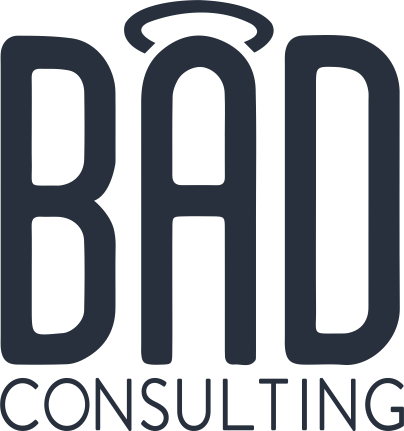I’m generally a pretty positive person, especially on social media. The thing is that when I stay too far into that positive place it quickly turns into toxic positivity.
People assume my life is perfect (it’s not) and that I don’t have any problems (I have LOADS of problems). So when I am positive, I try to keep it rooted in reality. Because it’s not my goal to make others feel bad about their life.
Can you recognize toxic positivity in your social media use and your client campaigns? Are you trying to actively get away from that place? Let’s talk about it.
What is toxic positivity?
Toxic positivity refers to positive content that makes you feel bad about yourself whether it’s accidental or on purpose.
What can that look like? Well, the first thing that comes to mind are those motivational posts. In particular, I’m thinking of the ones that tell you that you wouldn’t need your depression medication if you would just exercise. I’ve seen this kind of thing posted several times by some well-meaning people. But obviously that’s not true. Some people could exercise all day and still need medication to help with their depression. So they end up feeling worse about themselves when they read something like this.
Another example just came up in my world. When a friend had a bad race, someone said to her that she did better than someone laying on the couch. Another friend piped up to say that makes those who live with a chronic condition feel bad about themselves since some days the best thing they can do for themselves is lay on the couch. I was actually grateful to hear that correction, because, even though that was a statement I would never say, I have worked with chronic conditions and had no idea that this could be toxic positivity for them.
Ways to stop toxic positivity in your social media
Chances are good that some will accidentally get through, but there are ways to minimize it:
- Tell real stories and acknowledge their ups and downs: When I worked with chronic conditions, I loved telling stories that were in the community member’s own voice. We’d acknowledge their struggles and honestly, that’s where most fans connected with them. So leaving out that toxic positivity can increase your engagement and get community members to talk to each other.
- Create posts that allow discussion of both sides: I love question posts. A good question post will encourage the community to discuss what’s going on in their lives. And there is no better discussion than when fans say, “Me too,” to each other. It doesn’t matter if it’s positive or negative in that case. Starting a discussion about actual reality and having fans support each other during that discussion creates so much good for a community.
- Moderate comments: There are several reasons why I say this. First is that you need to look out for toxic positivity comments from community members. Stopping that before it begins can keep your community healthy and balanced. But you also need to provide support to those are being vulnerable. Show them and the community that it is not only welcomed but encouraged. And make sure they feel safe as they share. The safer everyone feels, the more sharing you will receive.
- Invite feedback and be responsive to it: Knowing that you don’t know it all is a great first step when you’re trying to avoid toxic positivity. Talk to the community about what you can do better for them. Bring in mental health professionals to get their feedback. Keep the conversation going, so you can constantly improve on what you’re trying to do.
In no way is this an exhaustive list, but it’s a place to start. If you begin here and keep trying to build on this base, you will do a world of good for your community. Don’t let being perfect get in the way of getting started. No one is perfect and your imperfections will not get you canceled by your community. If your organization keeps growing and trying, they will want to be a part of that and will help you along the way. And together, you can get to a safe and productive place for both of you.
How are you avoiding toxic positivity on your social media channels?

